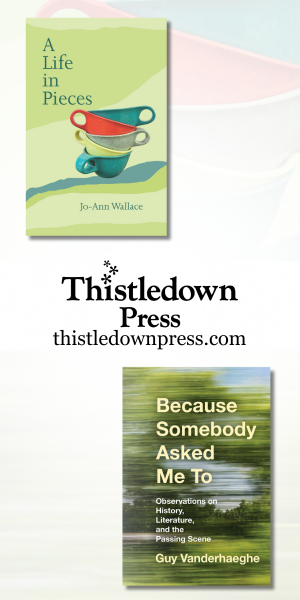Read our lips: we agree to share the land, not surrender it. That, according to this fine, careful study, is what Indigenous parties were trying to say during the negotiations of Treaties One through Seven on the prairies 150 years ago. Compare this with what was written down in the final texts, and the implications are huge — not just for who “owns” Canadian land but for what “sharing” it means today.
Sheldon Krasowski takes his time building his argument, starting with popular perceptions of the treaty process. Generations of historians have relied on an account by Alexander Morris, a Winnipeg land speculator, lieutenant-governor of Manitoba, and chief commissioner in most of the negotiations. When evidence has conflicted with Morris’s version of events, it has often been deflected by the historian George Stanley’s “cultural misunderstanding” thesis, which prevailed well into the 1980s. As Krasowski puts it, Stanley viewed European cultures as...
Heather Menzies has written ten books, including Reclaiming the Commons.

